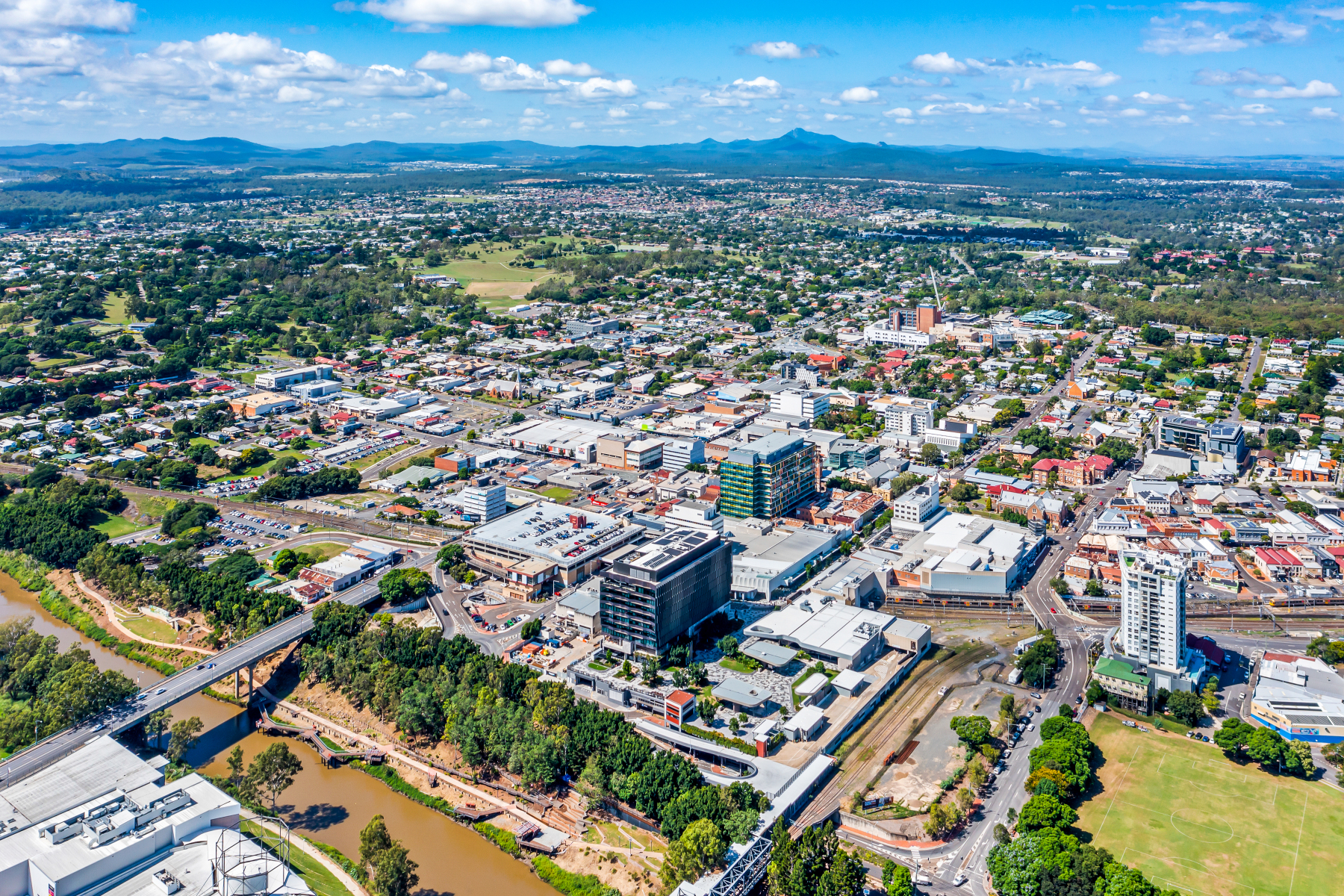The Ipswich economy has broken through the $13 billion mark for the first time in the city’s history, according to the latest economic data.
Ipswich Mayor Teresa Harding said for the second successive year the city’s Gross Regional Product – measuring the total value of goods and services produced in a region – has risen sharply.
“In the financial year ending 30 June 2022, we saw a 5.31 per cent rise in GRP. In the following 12 months to 30 June 2023, we have seen another big jump of 6.81 per cent. That equates to an almost $2 billion increase over two years,” Mayor Harding said.
“This is a clear sign that businesses have confidence in Ipswich and that we are punching well above our weight in contributing to the state and national economies, and more people are discovering our attractive lifestyle and employment options.
“Our region continues to go from strength to strength. More small businesses than ever before are opening their doors, big businesses are moving into Ipswich, and people are moving here in droves.
“Few neighbouring councils have been able to match Ipswich’s GRP surge in the past two years, cementing our city’s reputation as one of Queensland’s fastest-growing regions.”
TAE is Australia’s first choice for aerospace engineering services, expanding from a small Ipswich business into a global player.
The National Institute of Economic and industry Research has released its latest State of the Regions (SOR) report.
It is the country’s only economic and employment dataset that provides annual economic and employment information at the Local Government Area level.
It showed Ipswich’s GRP was now at an all-time high of $13.73 billion, up from $12.85 billion the previous year.
Gross Regional Product is a valuable indicator of an area’s level of investment attraction and sustained growth. It is the amount of region’s wealth which is generated by businesses, organisations and individuals working in the area.
Ipswich City Council’s Economic Development Strategy 2023-2027 indicates that the local economy could burst through the $18 billion mark by 2027.
Mayor Harding said there were 573 new registered businesses recorded from 2022 to 2023, bringing the total number of local businesses to 12,382.
“This doesn’t include the thousands of businesses starting annually and working towards registration,” Mayor Harding said.
“These businesses are the engine room of the local economy. They produce those vital goods and service, provide jobs and incomes for many of our residents.”
John Keating and partner Emma Hutchinson opened the Rusty Nail in 2021, a much-loved second home for locals of Ipswich Central and beyond.
The report showed there were 93,189 local jobs across Ipswich, with 122,465 of the city’s residents employed.
The largest industry by employment was health care and social assistance with about one in five of employed people in Ipswich working in this sector.
Ipswich’s largest industry by exports was manufacturing with $2.7 billion, public administration and safety second with $2.1 billion, and transport, postal and warehousing third with $627 million.
Mayor Harding said despite challenging economic times in Ipswich and South-East Queensland, a 5.64 per cent increase in the number of local jobs was one of the most promising statistics from the report.
“Unemployment levels, particularly with our young people, have been troubling in recent years. But these figures buck the trend and show with business growth across the city, there are new jobs coming on the market,” Mayor Harding said.
“This makes Ipswich the ideal place for people to live, work and play.”
The first Coles Australian Automated Distribution Centre (ADC), the largest of its kind in the southern hemisphere, opened in the Goodman Redbank Motorway Estate in 2023.
Council recently released its Planning and Regulatory Services Quarterly Report from 1 January to 31 March 2024, which provides a snapshot of population growth and development activity across the city, and showed an additional 1,600 residents moving here, taking the population to 254,093.
“These latest economic figures support council’s ongoing advocacy efforts for the public transport corridor between Ipswich Central and Springfield Central, and state support for the booming Ripley development area,” Mayor Harding said.
“We need more road, rail and transport options to cater for our increasing population. This is something council will be fighting hard for with an upcoming election in Queensland and a federal election in 2025.”

